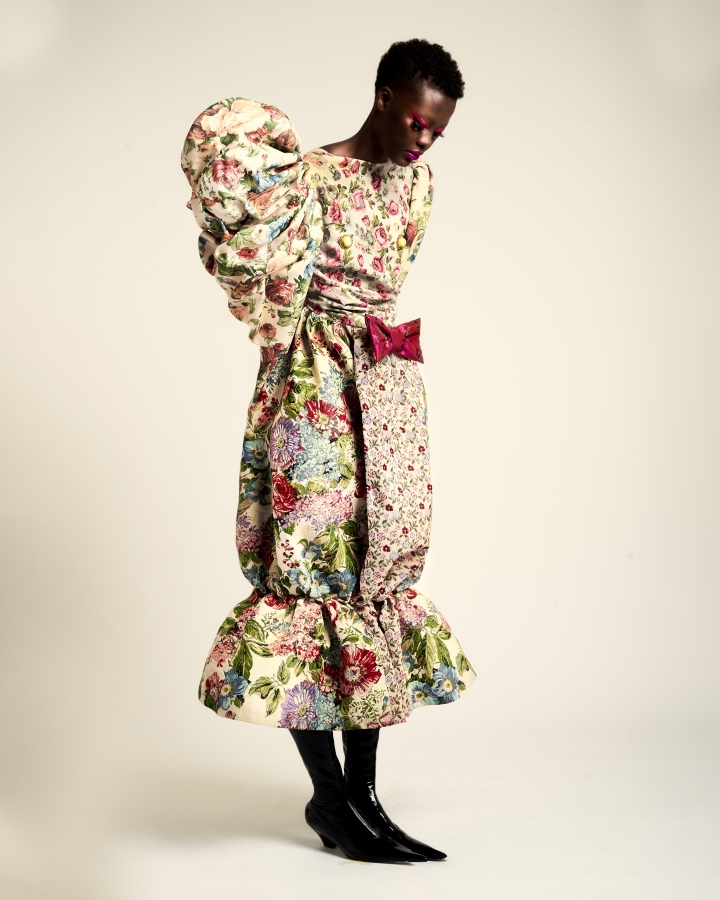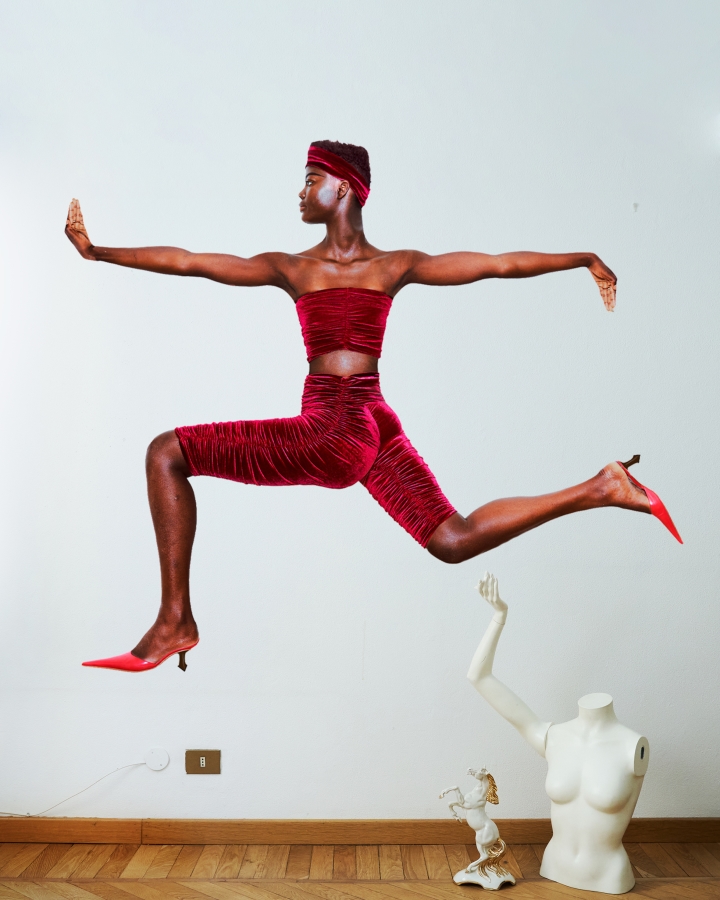REAMEREI: the surrealist tale that celebrates awareness and unconventional beauty


The brand REAMEREI was born in 2019 from three young graduates: after studying at the Academy of Fine Arts, Marzia Geusa, Enrico Micheletto and Davide Meleis decided to join forces and give life to their idea of aesthetics, which does not care about the seasonality of fashion and of the production times of the collections. In fact, with its times winks at the environmental impact also thanks to the introduction of regenerated and/or recovered materials.
This project is based on what they define as “an ironic war on sexual dimorphism”. A “heterotopic trip” through which we question the dualism of gender with the support of two macro binomials: technology-nature vs. atomic-anatomical. Imagine a world where these dualisms coexist harmoniously, where an essential aesthetic is perfectly balanced with a punk Decorativism also rich in artistic references from cinema and photographing it to music.
This is REAMEREI.

A mirror and our reflection, we see ourselves in “a place” where we are not, an unreal that actually exists. A discourse that can also be associated with places such as cinemas, theaters but also trains, prisons, hotel rooms. Heterotopia is the inverse of utopia: it designates places open to other places, whose function is to make spaces communicating with each other. This is the definition given by Michel Foucault in “The words and things. An archeology of the human sciences “(1963), also adding:
“Utopias allow fables and speeches: they are placed in the straight line of language, in the fundamental dimension of the Fabula; heterotopias dry up the speech, block the words on themselves, contest every possibility of grammar, unravel the myths and make the lyricism of the sentences sterile”.
Articulated in six principles, the specific modalities of heterotopias could lead to a thesis. What we are interested in, is to underline the context of the Stage, which divides our reality from the scene: memories and lost dreams that resurface, bringing to light childhood hopes that have been destroyed by maturity and awareness. The life that belongs to us versus a daily journey towards an Unknown that is often unattainable.



In this way each piece is designed as a narrative tool that is kind of surrealistic because it is altered by the real/unreal dualism: melancholic representations and real subjects. Together, they blend in a situation that appears almost suspended, like a Magritte painting.
Exaggerated make-up and drama nails are combined with skirts and rouge dresses with a little kitsch and romantic patterns. The same ease with which knitted coats are accompanied by studded leather or printed creêpe chokers. Large volumes, huge and geometric shoulders are the protagonist together with the most grotesque (sometimes dystopian) accessories. But even more streamlined, simple lines are enhanced by soft fabrics such as velvet and delicate drapes, always with a well-designed color palette.
Here is a renewed awareness, in the Stage: alternating shapes and volumes acts as an enhancement of the body and emphasis of the person. The result is a new freedom of expression in the celebration, also, of unconventional beauty.


